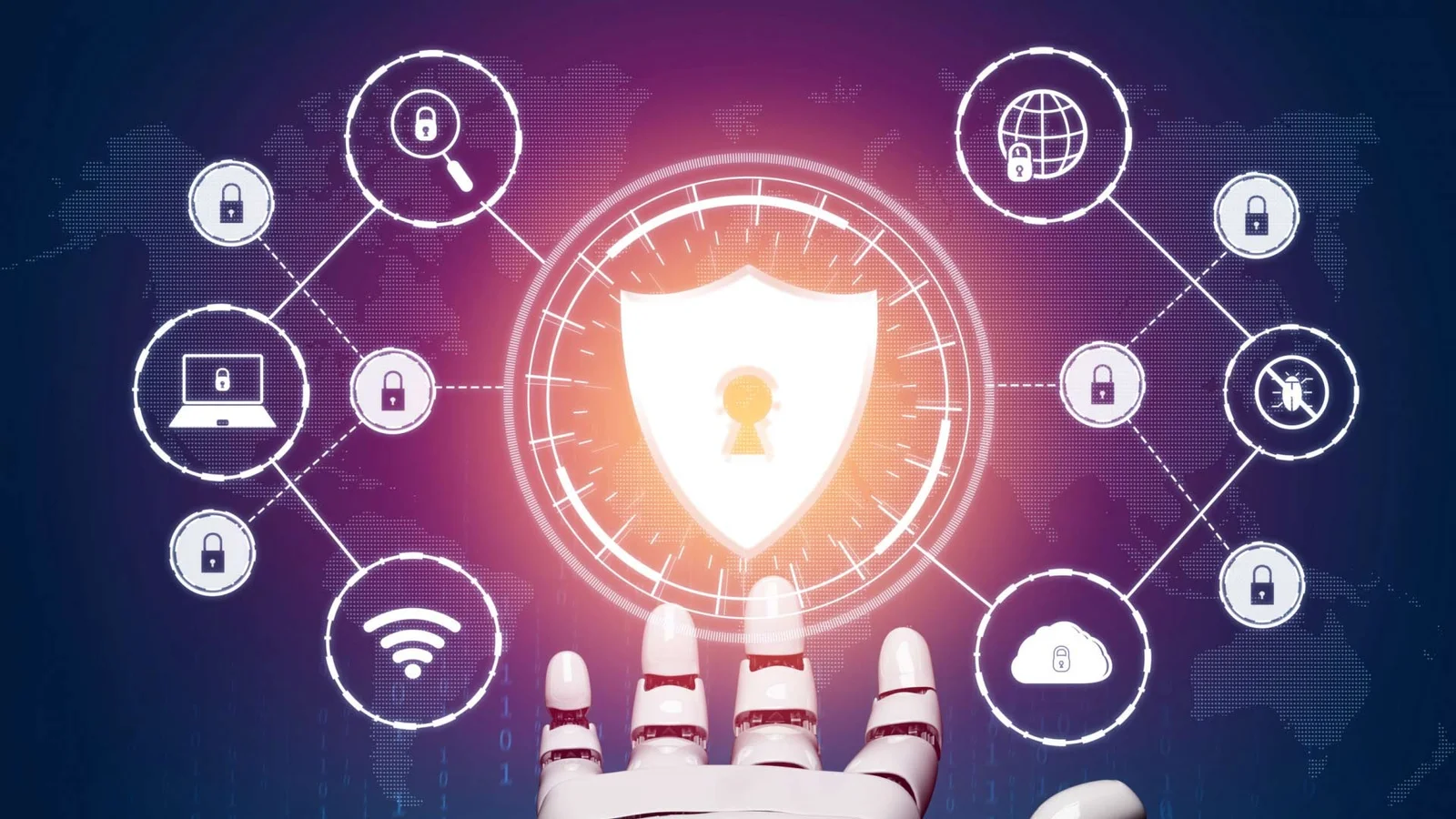As smart devices continue to infiltrate homes, cities, and businesses, a pressing question has emerged: how safe is the information they collect? The rapid rise of the Internet of Things (IoT) has unlocked new levels of convenience and connectivity, but it has also introduced significant vulnerabilities. In 2025, the scale and complexity of IoT ecosystems demand urgent attention to data protection, transparency, and ethical governance. This article delves into the growing IoT and Privacy Concerns for 2025, exploring the fine line between innovation and intrusion.
The Expansion of IoT in Everyday Life
From smart refrigerators that track groceries to industrial sensors monitoring supply chains, the IoT network is expanding at an unprecedented rate. By 2025, experts estimate that billions of interconnected devices will be exchanging data in real time. This data-driven web is designed to optimize performance, personalize user experiences, and streamline operations. Yet, as devices become more autonomous, the control users once had over their digital footprint is fading. Every command, location ping, and biometric scan becomes a potential data point, feeding into an ecosystem that may prioritize efficiency over privacy.
Unseen Risks: IoT and Data Collection
The core concern around IoT and Privacy Concerns for 2025 lies in the lack of transparency. Most consumers are unaware of the full extent of data their devices are gathering. Many IoT systems operate silently in the background, collecting information on behavior patterns, voice inputs, camera feeds, and environmental settings. Without clear permissions, informed consent, or user oversight, this silent surveillance becomes a hidden threat. The situation is worsened when device manufacturers fail to disclose data-sharing agreements with third parties, including advertisers, analytics firms, or even government entities.
Governance and Security Challenges Ahead
As IoT infrastructure grows, so do the governance challenges. Current privacy regulations struggle to keep up with the evolving scope of smart technology. Devices are often produced by companies across different legal jurisdictions, making consistent oversight difficult. IoT systems also present attractive targets for cyberattacks due to inconsistent security standards and minimal update protocols. Unauthorized access, data breaches, and remote control hijacking are real threats in a world where everything from pacemakers to traffic lights is connected. Addressing IoT and Privacy Concerns for 2025 will require collaboration between industry leaders, regulators, and technologists to enforce accountability and compliance.
Strategies for Privacy Protection in 2025
Privacy by design is emerging as a crucial principle for securing IoT systems in the years ahead. This includes embedding encryption, anonymization, and user controls directly into device architecture. Companies must shift from reactive responses to proactive safeguards, making privacy a built-in feature rather than an afterthought. End users should have clearer access to data usage policies, with the ability to opt out or modify permissions at will. Transparent data governance frameworks, supported by legislation, are essential for restoring trust and ensuring that technological advancement does not come at the cost of personal freedom.
For More Info https://bi-journal.com/enterprise-iot-privacy-governance/
Conclusion
The era of smart technology demands smarter protections. As we confront the growing IoT and Privacy Concerns for 2025, it becomes clear that innovation must be matched with responsibility. Whether it's a connected thermostat or an enterprise-scale sensor network, every device must be held to higher standards of data ethics and security. Users deserve clarity, control, and protection from invisible surveillance. Only through robust governance, transparent practices, and consumer education can we ensure that the future of IoT is both intelligent and secure.

